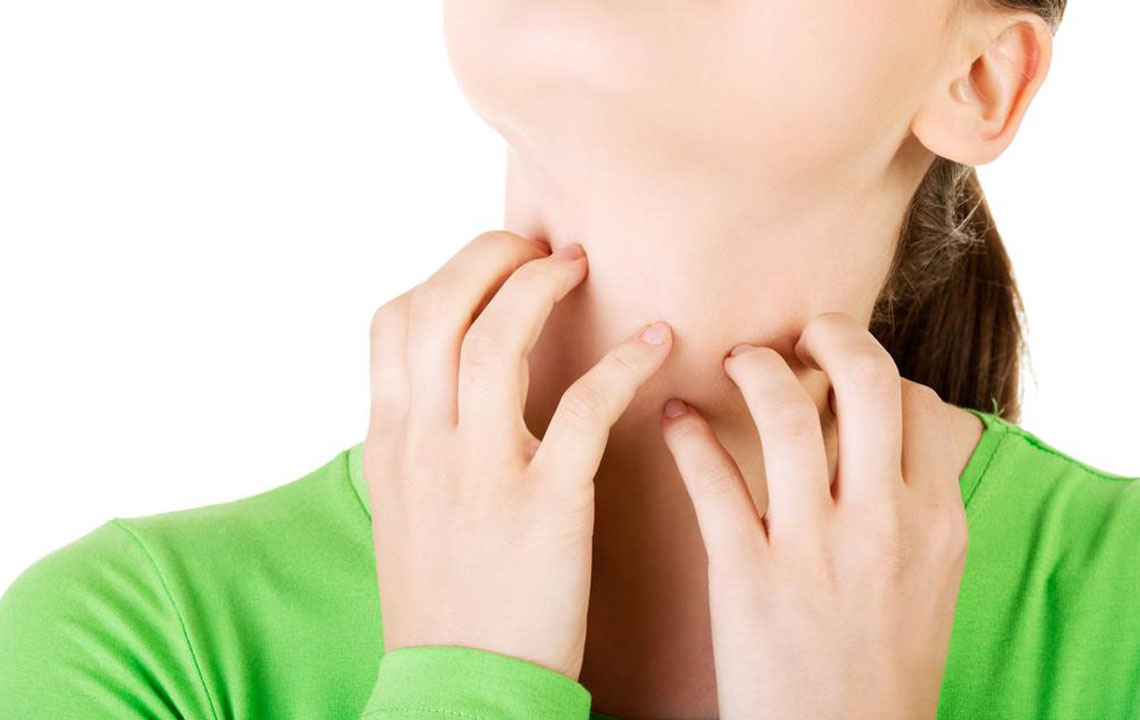Causes Symptoms and Treatment of MRSA Infection
A skin infection caused by the Staphylococcus bacteria —MRSA or Methicillin-Resistant Staphylococcus aureus is an infection that can occur in any part of the body. Characterised by mild symptoms like sores and boils, the infection can also graduate to severity by infecting surgical wounds, urinary tract, lungs, and bloodstream.
The MRSA bacteria are resistant to commonly used antibiotics and that’s why it’s called the ‘ superbug’, making it difficult for the medical fraternity to treat this condition.

Causes
The Staph bacteria inhabit our bodies and do not pose much risk to healthy people. In fact, one-third of the general population have staph bacteria in their noses. The garden variety Staph is the most common.
Staph can land you with a skin infection if it gets into your body. Such infections are minor and don’t call for any specialized treatment. In some cases, Staph can infect wounds or cause pneumonia ( when the bacteria infect the lungs ).
Symptoms Of MRSA
Staph infection leads to the formation of abscesses, furuncles or boils . These are pus-filled. The area where these boils or furuncles are present become red and swollen accompanied by intense pain. Drainage of the area is also a possibility.
If the MRSA infection is moderate, the symptoms that show up are—headache, muscle ache, fatigue, fever, chest pain, and shortness of breath. You’ll experience a general feeling of sickness. When the MRSA infection graduates to become severe, the symptoms worsen.
The patient suffers from joint pain, bone pain, muscle ache, chest pain, low blood pressure, fever and chills, fatigue, shortness of breath, painful breathing, headache, rash, and malaise. The above symptoms can be seen if the infection is restricted to the surface of the skin.
If the infection reaches the bloodstream, it leads to septic shock , a life-threatening condition. In addition to causing fever and breathing problems, sepsis causes a drastic drop in blood pressure. Having infected the bloodstream, the bacteria spread to all parts of the body, resulting in serious health complications. There is an increased risk of blood poisoning or septicemia , septic arthritis, meningitis, endocarditis ( inflammation of the inner lining of the heart ), abscess deep inside the body and pneumonia.
The following are clinical signs of an MRSA infection.
Furuncles or skin boils
Furuncles are a severe infection of the hair follicles. They are mostly caused by the Staphylococcus aureus bacteria. Both boils and furuncles are swollen and filled with pus, thus being one of the painful symptoms of MRSA.
Carbuncles
Bigger than boils, carbuncles are pus-filled areas with multiple openings on the skin. The carbuncles caused by Staph bacteria are contagious. They can spread to other parts of the body, and also to other people on skin contact.
Eye Styes
A style is a bump on the eyelid, that is caused as a result of a blockage in the sebaceous glands that line the eyelid. The Staphylococcus bacteria causes the stye infection.
Impetigo
Mostly suffered by young children and players involved in close contact sports, impetigo causes lots of blisters over a certain skin part.
Bacteremia
The bacteria invade and infect the bloodstream. This can lead to septic shock and other complications which can be fatal.
Abscesses
A collection of pus, composed of WBCs and bacterial cells, abscesses are formed as a defensive reaction to prevent the spread of infection.
Urinary tract infection
A bacterial infection of the urinary tract, UTI causes pain and irritation, due to the bacteria getting into the bladder, urethra or kidneys.
Is MRSA contagious?
MRSA is highly contagious. It can spread by skin to skin contact. If a person is infected by MRSA, mere skin contact can spread the infection. Plus the infection can also spread through objects that are contaminated by the Staph bacteria.
The MRSA strain of bacteria can survive for long periods on open surfaces like taps, fabric, door handles, and floors. If you touch any such contaminated surface, you’re prone to the infection.
Treatment
Antibiotics are the chosen line of treatment. However, rampant use of antibiotics has made MRSA resistant to many of the antibiotics. Ongoing medical research is continually involved in developing new antibiotics that help to combat MRSA. MRSA is resistant to— methicillin, amoxicillin, oxacillin, penicillin and other common antibiotics.
Prevention
MRSA can be prevented by maintaining personal hygiene.
- Regular hand wash
- Avoiding use of unwashed towels
- Avoid sharing items of personal use such as razors, combs, toothbrush
- Avoid sharing soaps, body creams, deodorant roll-ons and cosmetics and cosmetic tools
- Keeping fingernails short is also a key preventive measure
MRSA is a contagious infection which can be contained through antibiotics. With the Staph bacteria being resistant to common antibiotics, studies are underway to develop new antibiotics to destroy the bacterium strain.
Maintaining personal hygiene is of utmost importance when trying to prevent an MRSA infection.